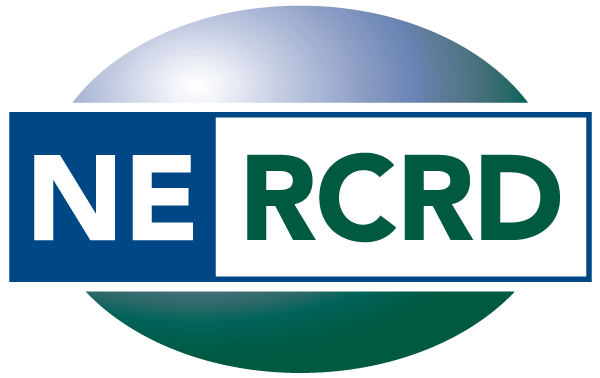Featured faculty: Matt Kaplan — seeing the silver lining in the “silver tsunami”
May 15, 2014
Communities throughout the region and the nation are bracing themselves for what some are calling the “silver tsunami” — the coming wave of baby boomers who will be entering old age. By 2050, the number of U.S. residents aged 65 and older is expected to soar to more than 83 million — nearly twice the 2012 estimated population of 43 million. And many are predicting that with this population change will come a host of challenges for communities — from housing and healthcare shortages to transportation and workforce-replacement issues. But where some see challenges, Matt Kaplan sees opportunity.
Kaplan — a professor of intergenerational programs and aging in the Department of Agricultural Economics, Education, and Sociology at Penn State — points out, “Not only is the number of older adults growing in rapid fashion, they are healthier, more vigorous, and more educated than the elderly population of any other time in history.” Therefore, Kaplan says, it is only natural to ask, ‘What more can be done to draw upon the skills and resources of older adults in our efforts to strengthen communities?’
This question helps to frame the research, outreach, and education efforts of the Penn State Intergenerational Program (PSIP), which Kaplan leads. One goal of the program is to develop new strategies for mobilizing older adults to join younger residents in community planning endeavors. Take, for example, the use of “Futures Festivals” — locally initiated special events where community residents of all ages come together to share their concerns and hopes for their community. Planning for these events is driven by a collaborative process that engages representatives of local organizations and agencies. Futures Festivals serve as a useful tool for promoting age-inclusive community planning and for creating communities for all ages.
Beyond community planning, Kaplan sees other compelling opportunities for seniors to utilize their skills, knowledge, and experience in service to their communities. He notes that volunteering by older adults has been on the rise in recent years, and he is excited about this trend. However, he also expresses some concern that some senior volunteer programs could do more to tap the potential of this population. “I’m not satisfied with programs that pose predefined limits on what older adult volunteers can and can’t do on behalf of their communities,” he said.
Instead, Kaplan feels that if seniors are given leadership training and are empowered to establish new partnerships, services, and community improvement initiatives, they can become “really powerful change agents.”
He first started providing this type of training at Hawaii Pacific University, and witnessed first-hand the impact that empowered senior leaders can make. “I had the honor of working with Ed Krentzman, an older adult volunteer with the FELLOWS program – a senior center embedded in Wai’alae Elementary School,” said Kaplan. “After I left to come to Penn State, Ed went on to replicate the program in 30 schools. He felt deputized to go out, sell educators and other volunteers on his vision of program expansion, and establish plans and systems to make it happen. The program coordinators encouraged him to be proactive and take a leadership role rather than wait for instructions and mandates set by others.”
Now Kaplan wants to provide that kind of senior leadership training on a larger scale through a Penn State-based Intergenerational Leadership Institute (ILI). He’ll be partnering with the Penn State Center for Healthy Aging to pilot the program this fall. The ILI is designed to provide older adult volunteers with advanced training and leadership opportunities so they can help develop, implement, and evaluate intergenerational programs in their own areas of interest. His dream is to set up ILI chapters across the U.S. as well as in other countries, helping older adults transform themselves into leaders who can make a difference in their communities.
“Older adults do have needs; however, they also represent a powerful form of social capital. At the least, we need to think of them not just as service recipients, but also as service providers,” said Kaplan. “There are other ways to be productive than by earning dollars.” In turn, opportunities to be productive allow older adults to remain active and engaged well after they retire from their paid employment— a win both for seniors and for their communities.
- More information about the Penn State Extension intergenerational program is available here.
- To subscribe to Penn State’s “Ideas for Intergenerational Living” newsletter, send an email request to Matt Kaplan.
- More information about Ed Krentzman, the exceptional senior volunteer who helped frame and expand the FELLOWS intergenerational program in Hawaii is available here.
- To read about the “Silver Tsunami” in the popular press, check out some of these recent headlines:
- Preparations underway for ‘silver tsunami’ (Danbury Times, May 20, 2014)
- ‘Silver Tsunami’ And Other Terms That Can Irk The Over-65 Set (NPR, May 19, 2014)
- 5 must-do’s as age wave bears down on the USA (USA Today, March 31, 2014)
